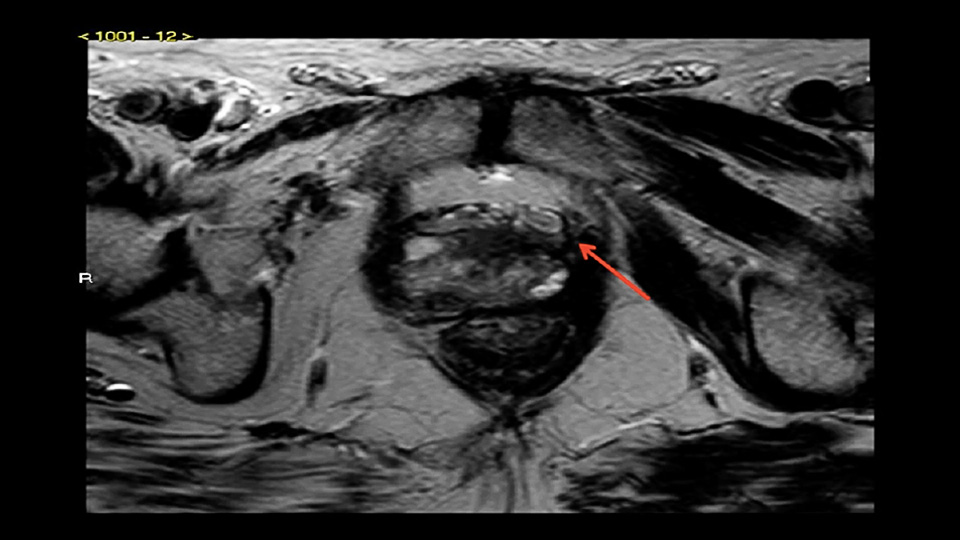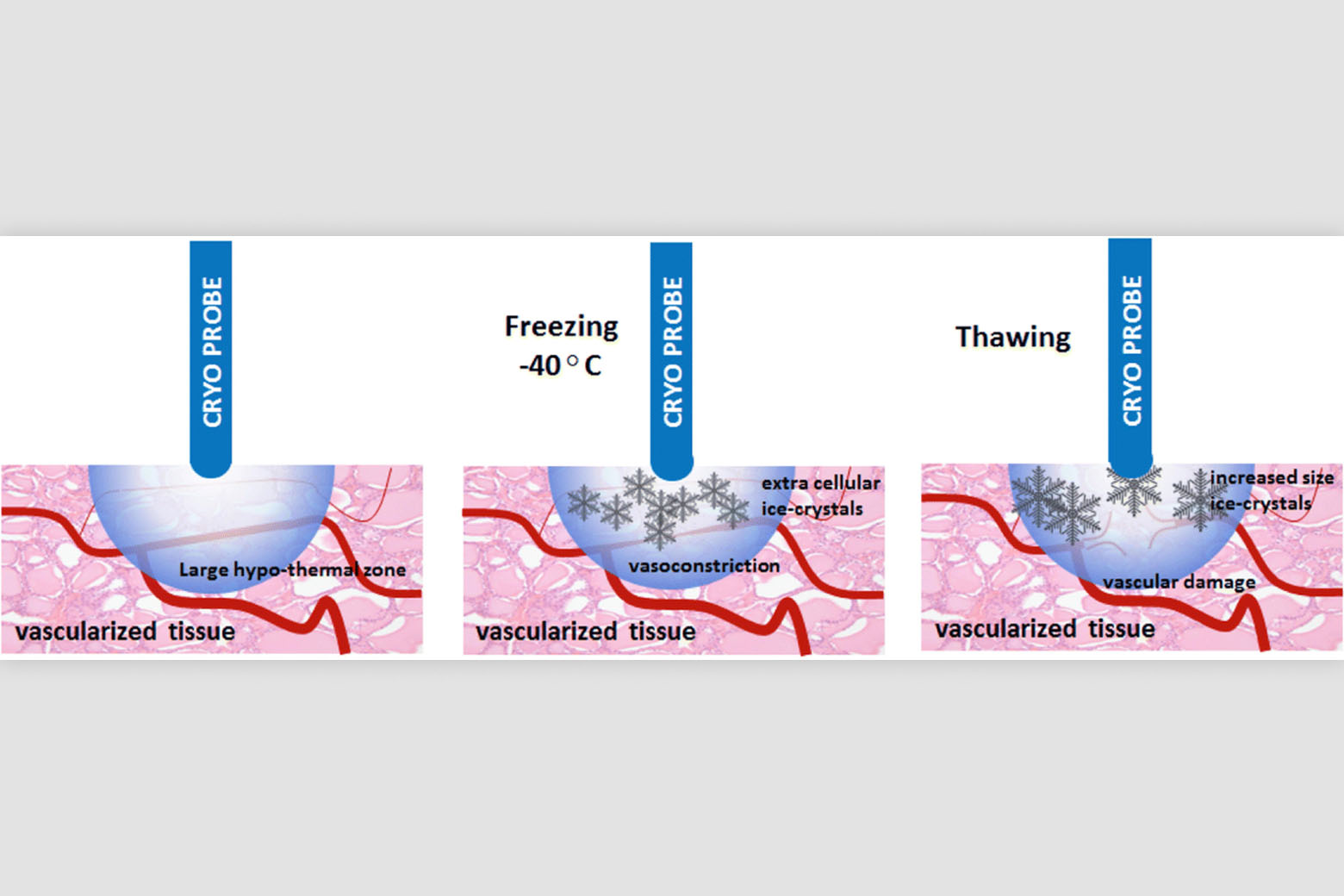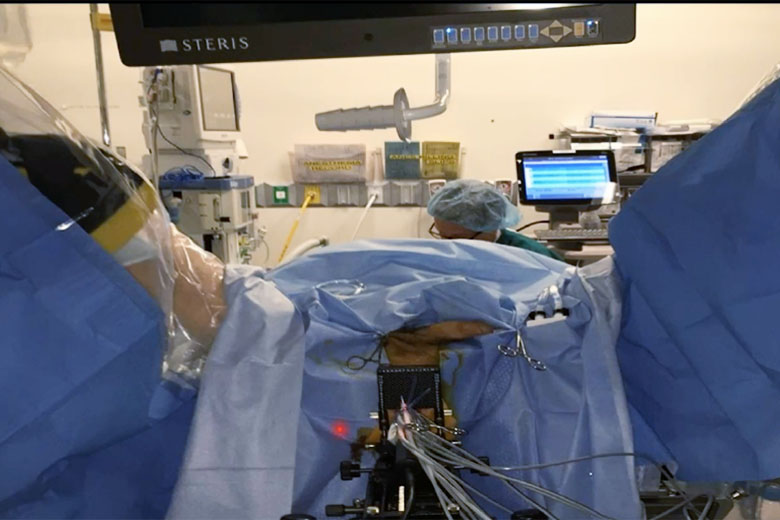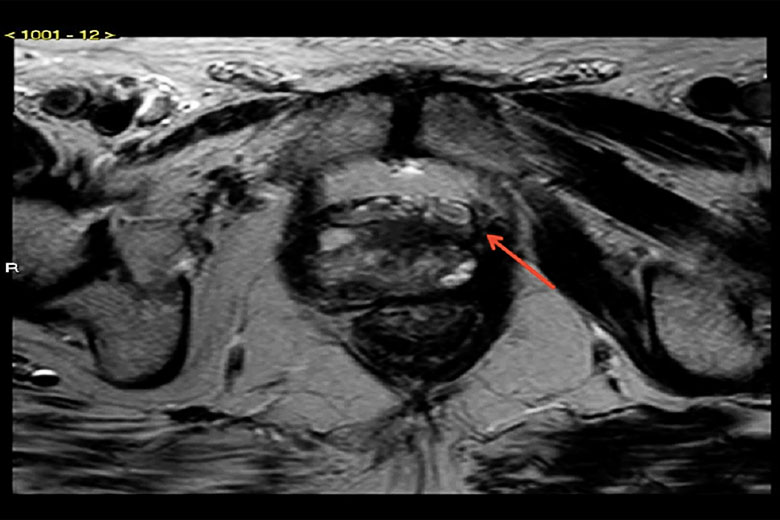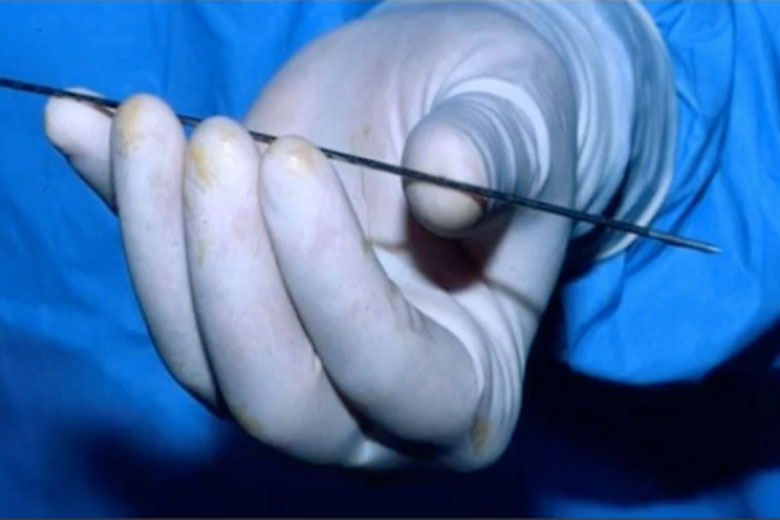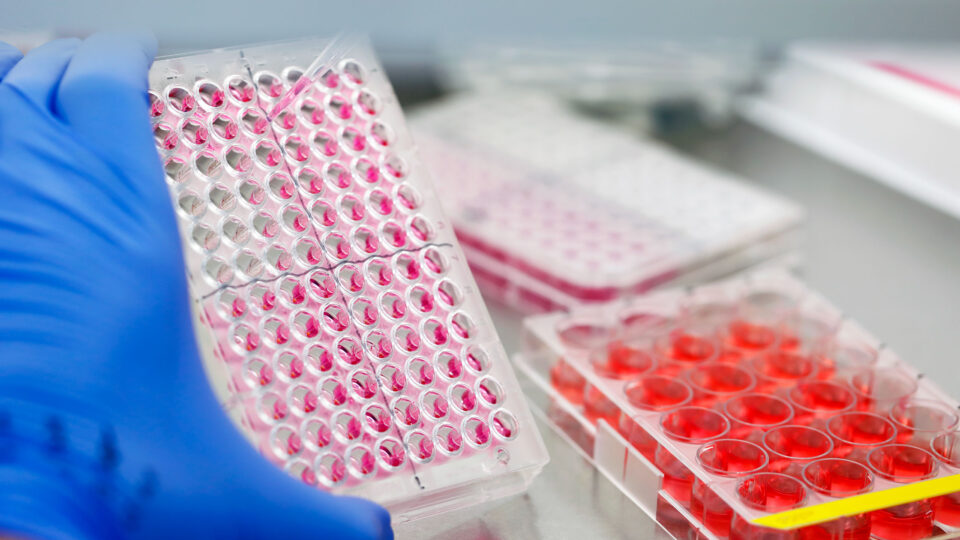Salvage Cryoablation Following RT Failure
For individuals with locally recurrent prostate cancer, salvage cryotherapy has become a preferred treatment option with curative potential.
Aaron E. Katz, MD, professor of urology and an early pioneer of the technique, explains that while therapy for patients with radiation-recurrent disease needs to be individualized, salvage cryoablation is often a treatment of choice for patients in this setting.
“Cryotherapy ablates all tissue in a targeted area, which allows us to freeze and destroy tissue beyond the confines of the prostate gland, offering an advantage compared to other treatment options,” says Dr. Katz.
“We were instrumental in the Medicare coverage determination process for salvage crytotherapy in this setting. It remains an established option for patients with radiation-recurrent disease.”
Aaron E. Katz, MD
Importance of PSA Monitoring
Monitoring prostate-specific antigen (PSA) after treatment of localized disease can lead to the detection of biochemical recurrence. In many cases, rises in serum PSA above baseline do not co-occur with symptoms of recurrent prostate cancer.
“For patients with a confirmed rise in serum PSA after prior definitive RT, careful assessment is required to rule out distant metastases,” says Dr. Katz.
In the last 5 years, the use of novel PET/CT imaging modalities such as the Axumin® (fluciclovine F 18) and PYLARIFY® (piflufolastat F 18) scans have dramatically improved the detection of recurrent disease. Both imaging technologies are available at NYU Langone.
“After detection of recurrent disease, the goal of salvage cryotherapy is to delay initiation of androgen deprivation therapy (ADT), which can have deleterious side effects,” explains Dr. Katz.
Better Outcomes, Covered by Medicare
The 5- and 10-year disease-specific survival rates following salvage cryoablation are 91% and 79%, respectively. In addition, the procedure is covered under Medicare for patients with localized disease who have failed a trial of radiation therapy as their primary treatment and meet other conditions.
Furthermore, current guidelines from the American Urological Association (AUA) support cryotherapy as an option in this setting.
“We were instrumental in the Medicare coverage determination process for salvage crytotherapy in this setting,” says Dr. Katz. “It remains an established option for patients with radiation-recurrent disease.”


